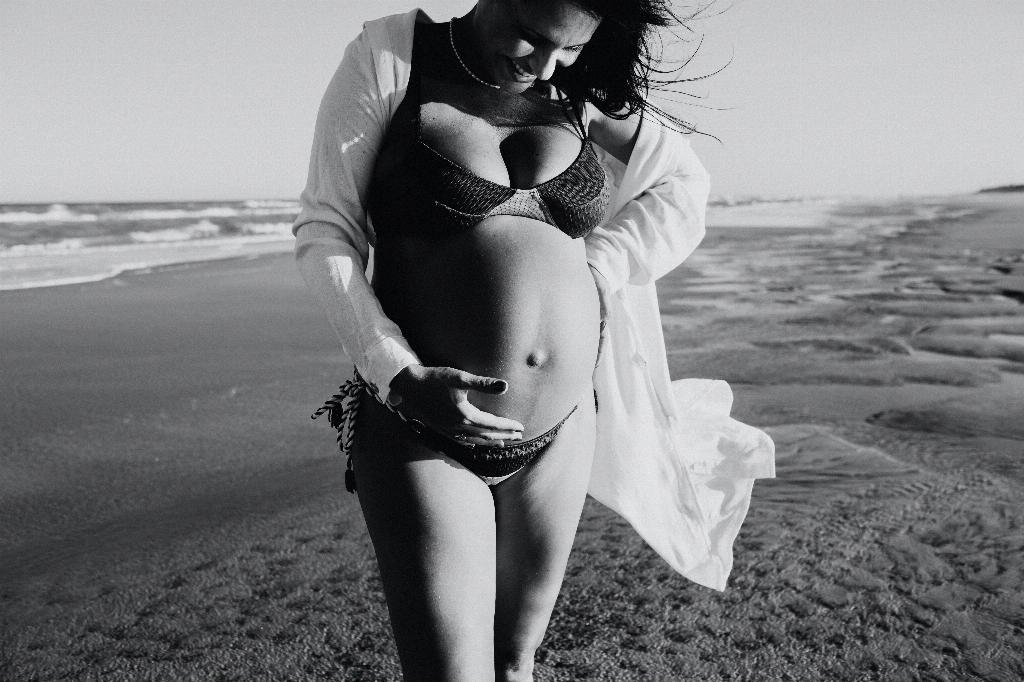After undergoing a C-section, it is common for scar tissue to form as part of the healing process. This scar tissue can sometimes lead to discomfort or restricted movement in the abdominal area. Understanding how to break up scar tissue after a C-section can help promote healing and improve overall comfort.
Importance of Gentle Massage
One effective way to break up scar tissue after a C-section is through gentle massage. By applying comfortable pressure to the scar and the surrounding area, you can help loosen the scar tissue from the underlying tissues. Remember to use gentle movements to avoid any pain or discomfort during the massage.
Techniques for Scar Tissue Massage
When massaging the scar tissue after a C-section, it is essential to start directly on the scar itself. Use your fingertips to gently massage the scar in circular motions, moving in a way that promotes flexibility and mobility in the area. Additionally, you can also massage the surrounding skin to further break up any adhesions.
Benefits of Abdominal Massage
Engaging in abdominal massage post-C-section can provide numerous benefits. Not only does it help break up scar tissue, but it can also improve circulation, reduce swelling, and promote tissue elasticity. Regular massage can contribute to a smoother recovery and alleviate any discomfort caused by scar tissue.
Frequency and Duration of Massage
When incorporating scar tissue massage into your post-C-section routine, consistency is key. Aim to massage the scar and surrounding area multiple times a day for optimal results. However, be mindful not to overdo it, as excessive pressure or frequency may cause irritation.
Using Moisturizers or Oils
Incorporating moisturizers or oils during the massage process can help reduce friction and enhance the effectiveness of the massage. Opt for gentle, fragrance-free products that are safe for use on healing skin to nourish the area and facilitate scar tissue breakdown.
Listening to Your Body
Throughout the scar tissue breakdown process, it is crucial to listen to your body’s signals. If you experience any pain, swelling, or increased discomfort during the massage, it is essential to adjust your technique or consult a healthcare provider for guidance.
Combining Massage with Other Therapies
While massage can be beneficial for breaking up scar tissue after a C-section, combining it with other therapies such as heat application or gentle stretching exercises can further enhance the healing process. Consult with your healthcare provider to explore complementary approaches.
Patience and Persistence
Breaking up scar tissue is a gradual process that requires patience and persistence. It is essential to be consistent with your massage routine and give your body the time it needs to heal and adapt. Celebrate small victories along the way and stay committed to your recovery journey.
Seeking Professional Guidance
If you are unsure about the best techniques for breaking up scar tissue after a C-section or if you experience persistent discomfort despite self-care efforts, consider seeking professional guidance. A healthcare provider or physical therapist can offer personalized recommendations to support your healing process.
Self-Care and Healing
Engaging in scar tissue breakdown techniques after a C-section is an act of self-care and healing. By taking proactive steps to address scar tissue adhesions, you prioritize your well-being and promote a smoother recovery experience. Remember to be gentle, patient, and attentive to your body’s needs.
Embracing Your Healing Journey
Breaking up scar tissue after a C-section is part of your unique healing journey. Embrace this process with kindness and compassion towards yourself. Celebrate each step forward, no matter how small, and trust in your body’s remarkable ability to heal and adapt over time.

